Estimating Sums and Differences
For estimating sums and differences in the number we use the rounded numbers for estimations to its nearest tens, hundred, and thousand.
I: Estimating Sums:
In many practical calculations, only an approximation is required rather than an exact answer. To do this, numbers are rounded off to a given place value of ten, hundred, thousand ...
Example on Estimating Sums:
1. There are 74 coconut cookies and 48 chocolate cookies in a jar. Estimate the total number of cookies.
Round the numbers to the nearest ten and add.
Rounded to TENS
There are approximately 120 cookies.
The actual number of cookies is 122.
The estimate differs from the actual by 2.
2. There are 275 students in class IVth and 238 students in class Vth. Estimate the total number of students in the two classes.
We can round the numbers either to the nearest ten or the nearest hundred and add to get an estimate.
Rounded to TENS
There are approximately 520 students.
The estimate differs from the actual by 7.
Rounded to HUNDREDS
There are approximately 500 students.
The estimate differs from the actual by 13.
3. In a cricket match, Sachin scored 27 runs and Sourav scored 51 runs. Estimate the runs they scored altogether.
|
Actual Runs |
Estimated Runs | |
|
Sachin's score Sourav's score Total score |
2 7 + 5 1 7 8 |
3 0 + 5 0 8 0 |
So, the estimated runs scored altogether is 80.
II. Estimating Difference:
We shall now learn to estimate the difference between the numbers and compare it with another number.
To estimate the difference, we round-off each number to the nearest tens and then subtract the rounded-off numbers.
1. Let us estimate 48 - 22.
48 is nearer to 50 than 40. So, 48 is rounded up to 50.
The number 22 is nearer to 20 than 30.
So, 22 is rounded down to 20.
When we subtract a 2-digit number from another 2-digit number, we begin subtracting from the ones place.
For estimating the difference of two 2-digit numbers, just subtract the tens place. The actual answer may be a little more or a little less, but the difference will never be more than 10. That's a fair estimate.
2. Estimate the difference between 728 and 495.
So, the estimated difference is 200 while the actual difference is 233.
Example on Estimating Difference:
1. Estimate the difference between 59 and 27.
When we estimate the difference between 59 and 27, we subtract the tens (50-20) and say that the difference is about 30.
Actual difference = 59 - 27 = 32
2. There were 82 mangoes in a bag. 38 rotten mangoes had to be thrown away. Estimate the number of good mangoes that remained in the bag?
8 tens less 3 tens = 5 tens. So about 50 good mangoes remained in the bag.
Actual difference = 82 - 38 = 44
3. The school library has 284 science books and 268 social sciences books.
Estimate the difference in the number of books.
Rounded to TENS
The difference is approximately 20 books.
The estimate differs from the actual number by 4.
Rounded to HUNDREDS
In this case, rounding number to hundreds will not be meaningful as the difference will be 0.
4. There are 89 balloons. 42 of them are green and the rest are orange Estimate the number of orange balloons.
|
Actual Difference |
Estimated Difference | |
|
Total balloons Green balloons Orange balloons |
8 9 - 4 2 4 7 |
9 0 - 4 0 5 0 |
So, the estimated number of orange balloons is 50.
Examples on estimating sums and differences of the numbers:
1. The number of students in Classes III, IV and V are 154,129
and 118. Estimate the total number of students in the three classes
taken together.
Solution:
The rounded numbers are used to estimate.
So 154 ⇒ 200 being more than 150
129 ⇒ 100 being less than 150
118 ⇒ 100 being less than 150
400 So total number as estimated is 400
[Note: Actual number is 401, which is one more than 400]
Answer: 400
2. There are 479 girls and 729 boys in a school. Estimate the total number of students in the school.
Solution:
For estimation the numbers may be taken to the nearest ten or hundred.
(i) 479 ⇒ 480
729 ⇒ 730
1208 ⇒ 1210
[Note: The estimated number is 1210 which is 2 more than the actual number]
(ii) 479 ⇒ 500
729 ⇒ 700
1208 ⇒ 1200
[Note: The estimated number is 1200 which is 8 less than the actual number]
3. There are 216 pages in the mathematics book of Class IV and
196 pages in the English book of the same class. Estimate the difference
in the number of pages of the two books.
Solution:
We use the rounded numbers for estimation.
216 ⇒ 220
- 196 ⇒ 200
20 ⇒ 20
The estimated difference in number of pages is 20.
The actual difference is also 20.
4. Round off the numbers 324 and 777 to the nearest 10s. Find the estimated and actual difference.
Solution:
Rounding off the numbers to nearest 10s
324 → 320 777 → 780
Hence, 780 – 320 = 460 is the estimated difference.
Actual Difference
777 – 324 = 453 is the actual difference.
5. Round off the numbers 423 and 885 to the nearest 100s. Find the estimated and actual difference.
Solution:
Rounding off the numbers to nearest 100s
885 → 900 423 → 400
Hence, 900 – 400 = 500 is the estimated difference.
Actual Difference
885 – 423 = 462 is the actual difference.
Worksheet on Estimating Sums and Differences:
I. Find the estimated and exact difference for each of the given. First one is done for you.
II. In a toy factory different types of toys are manufactured. Given below is the number of different types of toys made in a month. Observe the data and answer the questions that follow.
|
Type of Toy Dolls Cars Soft Toys Super Heroes |
Quantity Manufactured 6731 5974 6585 6842 |
(i) What is the difference between the number of dolls and cars made in a month? Give your answer to nearest 10 and 100.
Dolls Cars
(a) Nearest 10s: ____________ ____________
(b) Nearest 100s: ____________ ____________
(ii) If 1600 Super Heroes are sold in the market, then how many are left for sale?
(iii) How many more soft toys should be made in the factory to make the number 7000?
Answer:
(i) (a) 6730; 5970
(b) 6700; 6000
(ii) 5242
(iii) 415
III. Round off the given numbers to the nearest 10s. Find the estimated difference and actual difference.
|
|
Estimated Difference |
Actual Difference |
|
(i) 254 from 875 |
__________ |
__________ |
|
(ii) 214 from 784 |
__________ |
__________ |
|
(iii) 657 from 954 |
__________ |
__________ |
|
(iv) 21 from 287 |
__________ |
__________ |
Answer:
III. (i) 630, 621
(ii) 570, 570
(iii) 290, 297
(iv) 270, 266
IV. Round off the given numbers to the nearest 100s. Find the estimated difference and actual difference.
|
|
Estimated Difference |
Actual Difference |
|
(i) 121 from 145 |
__________ |
__________ |
|
(ii) 124 from 448 |
__________ |
__________ |
|
(iii) 215 from 659 |
__________ |
__________ |
|
(iv) 347 from 728 |
__________ |
__________ |
Answer:
IV. (i) 0, 24
(ii) 300, 324
(iii) 500, 444
(iv) 400, 381
V. Find the actual sum and the estimated sum for the following numbers.
(i) 19 and 68 (nearest 10)
|
Actual Sum |
Estimated Sum |
(ii) 503 and 192 (nearest 100)
|
Actual Sum |
Estimated Sum |
VI. Find the actual difference and the estimated difference for the following numbers.
(i) 68 - 19 (nearest 10)
|
Actual Difference |
Estimated Difference |
(ii) 899 - 526 (nearest 100)
|
Actual Difference |
Estimated Difference |
VII. Word Problems on Estimating Sums and Differences:
(i) A farmer sold 342 boxes of apples and 197 boxes of oranges. Find the actual and the estimated number of all the boxes sold by the farmer. (nearest 100)
(ii) A bakery baked 72 chocolate pastries and 48 strawberry pastries. How many more number of chocolate pastries were baked? Find the actual and the estimated difference.
Answer:
VII. (i) 500 boxes
(ii) 24 chocolate pastries
Actual Difference = 24; Estimated Difference = 20
Related Concept
● Addition
● Check for Subtraction and Addition
● Word Problems Involving Addition and Subtraction
● Estimating Sums and Differences
● Multiply a Number by a 2-Digit Number
● Multiplication of a Number by a 3-Digit Number
● Word Problems on Multiplication
● Division of Two-Digit by a One-Digit Numbers
● Division of Four-Digit by a One-Digit Numbers
● Division by 10 and 100 and 1000
● Division by Two-Digit Numbers
4th Grade Math Activities
From Estimating Sums and Differences to HOME PAGE
Didn't find what you were looking for? Or want to know more information about Math Only Math. Use this Google Search to find what you need.
Recent Articles
-
Converting Fractions to Decimals | Solved Examples | Free Worksheet
Apr 28, 25 01:43 AM
In converting fractions to decimals, we know that decimals are fractions with denominators 10, 100, 1000 etc. In order to convert other fractions into decimals, we follow the following steps: -
Expanded Form of a Number | Writing Numbers in Expanded Form | Values
Apr 27, 25 10:13 AM
We know that the number written as sum of the place-values of its digits is called the expanded form of a number. In expanded form of a number, the number is shown according to the place values of its… -
Converting Decimals to Fractions | Solved Examples | Free Worksheet
Apr 26, 25 04:56 PM
In converting decimals to fractions, we know that a decimal can always be converted into a fraction by using the following steps: Step I: Obtain the decimal. Step II: Remove the decimal points from th… -
Worksheet on Decimal Numbers | Decimals Number Concepts | Answers
Apr 26, 25 03:48 PM
Practice different types of math questions given in the worksheet on decimal numbers, these math problems will help the students to review decimals number concepts. -
Multiplication Table of 4 |Read and Write the Table of 4|4 Times Table
Apr 26, 25 01:00 PM
Repeated addition by 4’s means the multiplication table of 4. (i) When 5 candle-stands having four candles each. By repeated addition we can show 4 + 4 + 4 + 4 + 4 = 20 Then, four 5 times
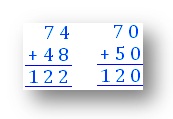
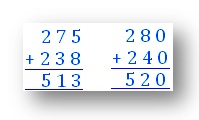
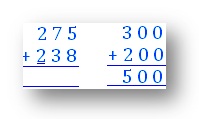
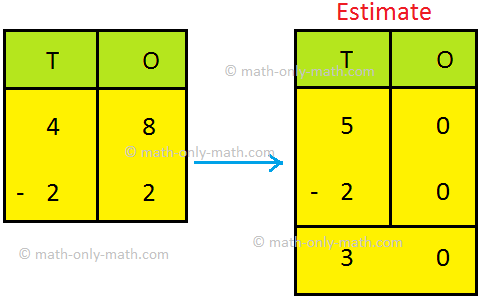
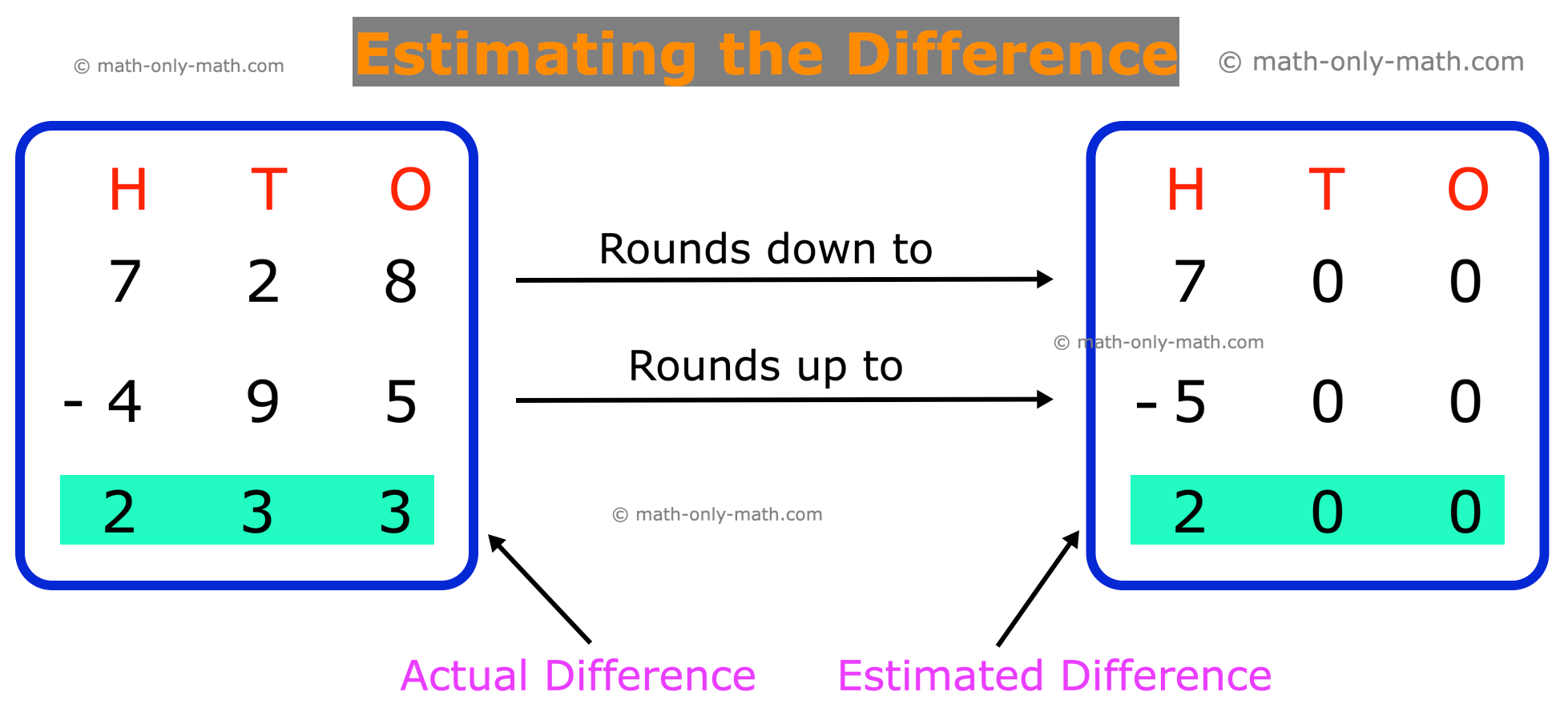
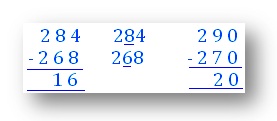
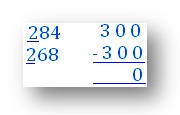
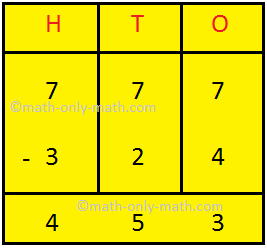
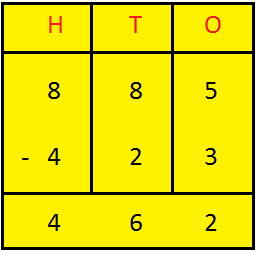
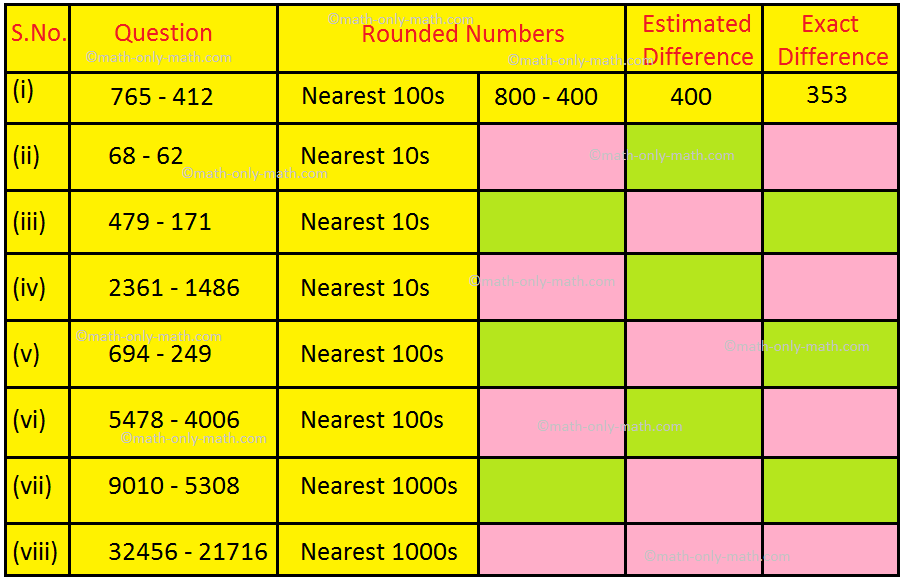
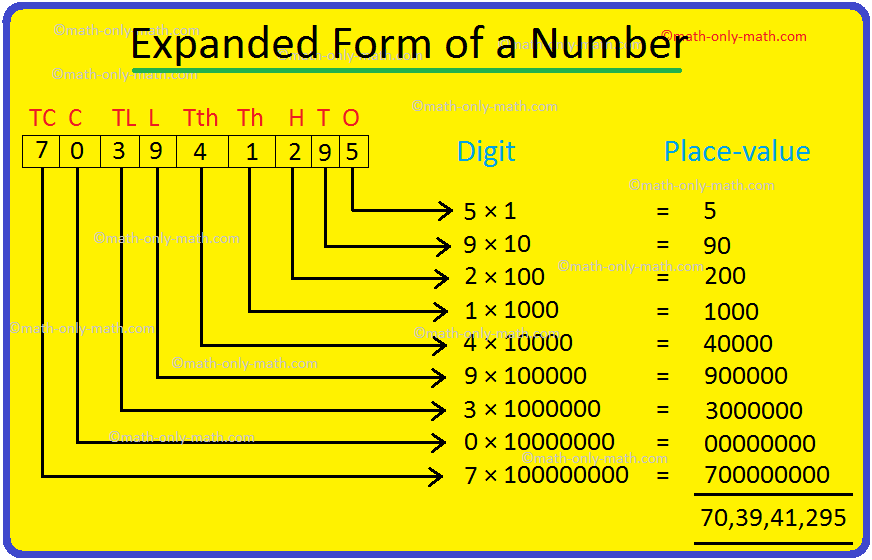

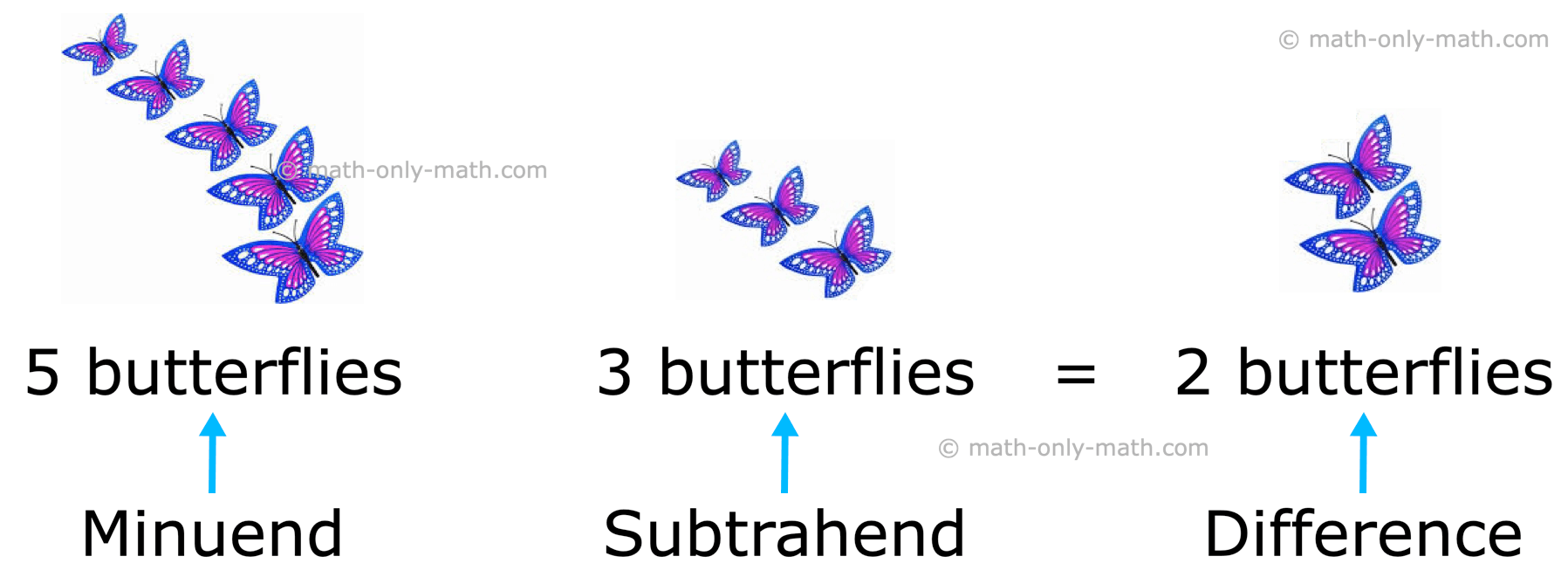
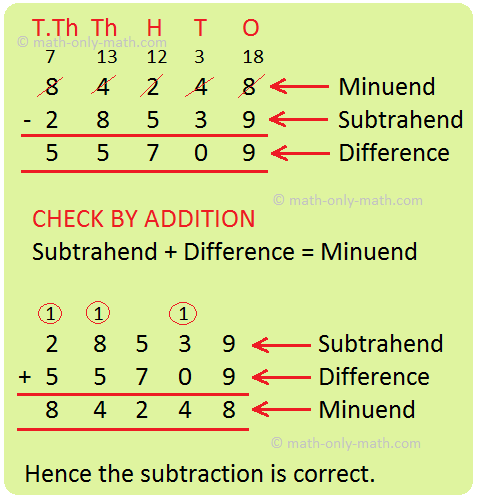
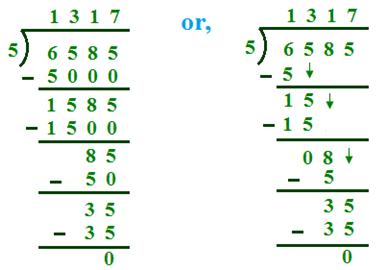



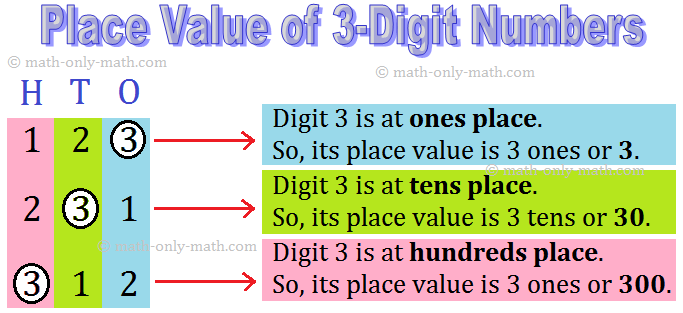

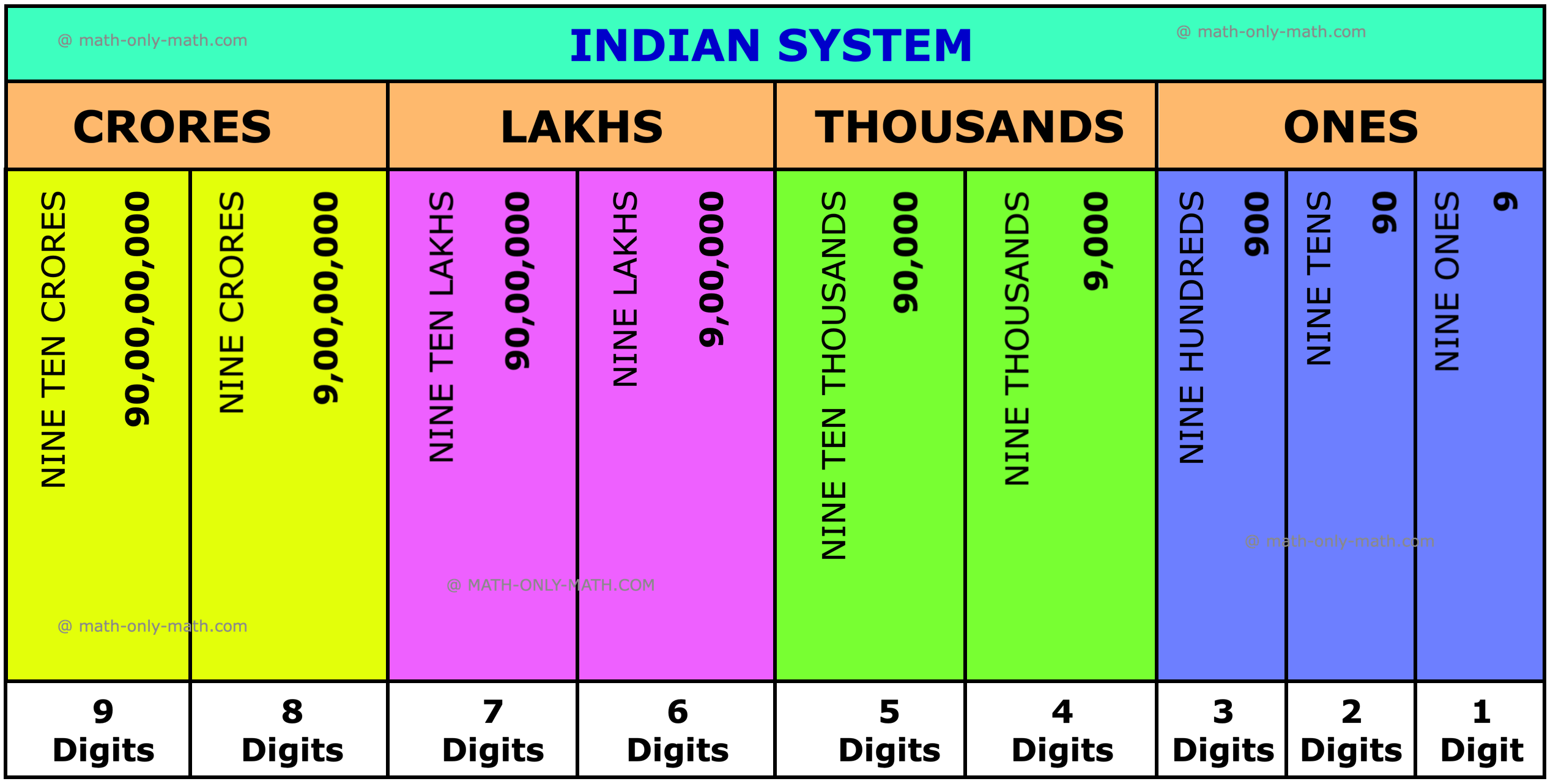
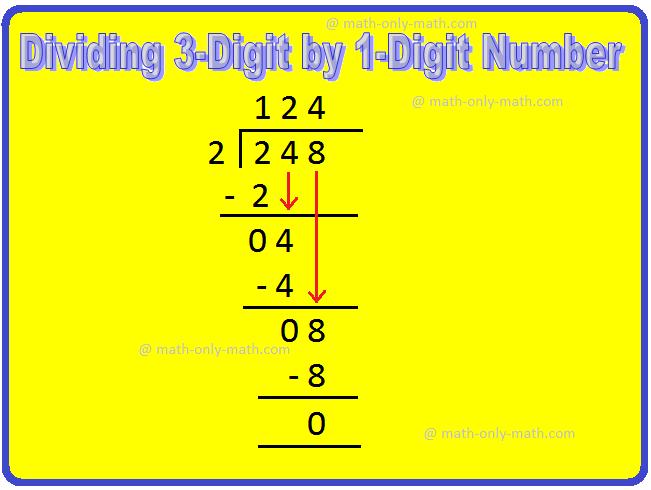
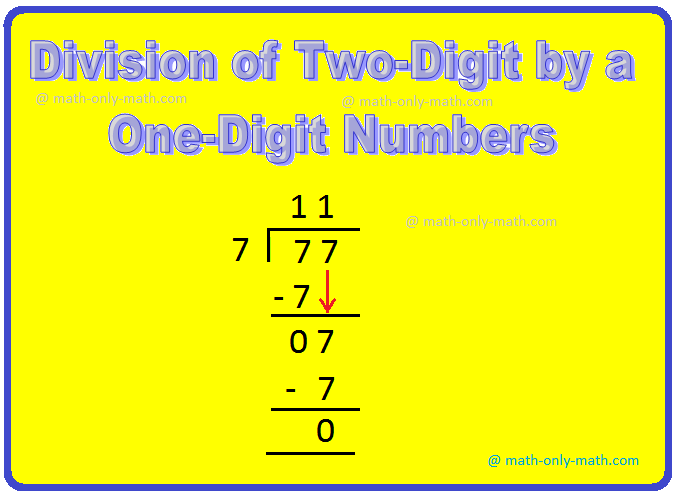
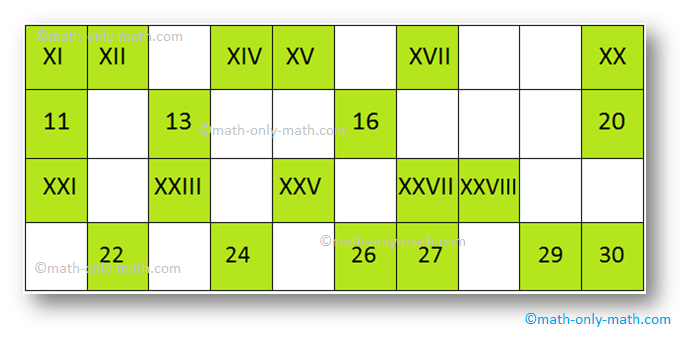

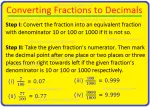

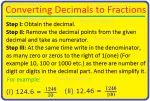
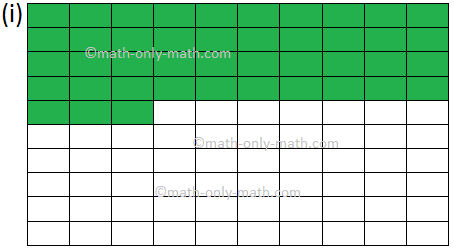
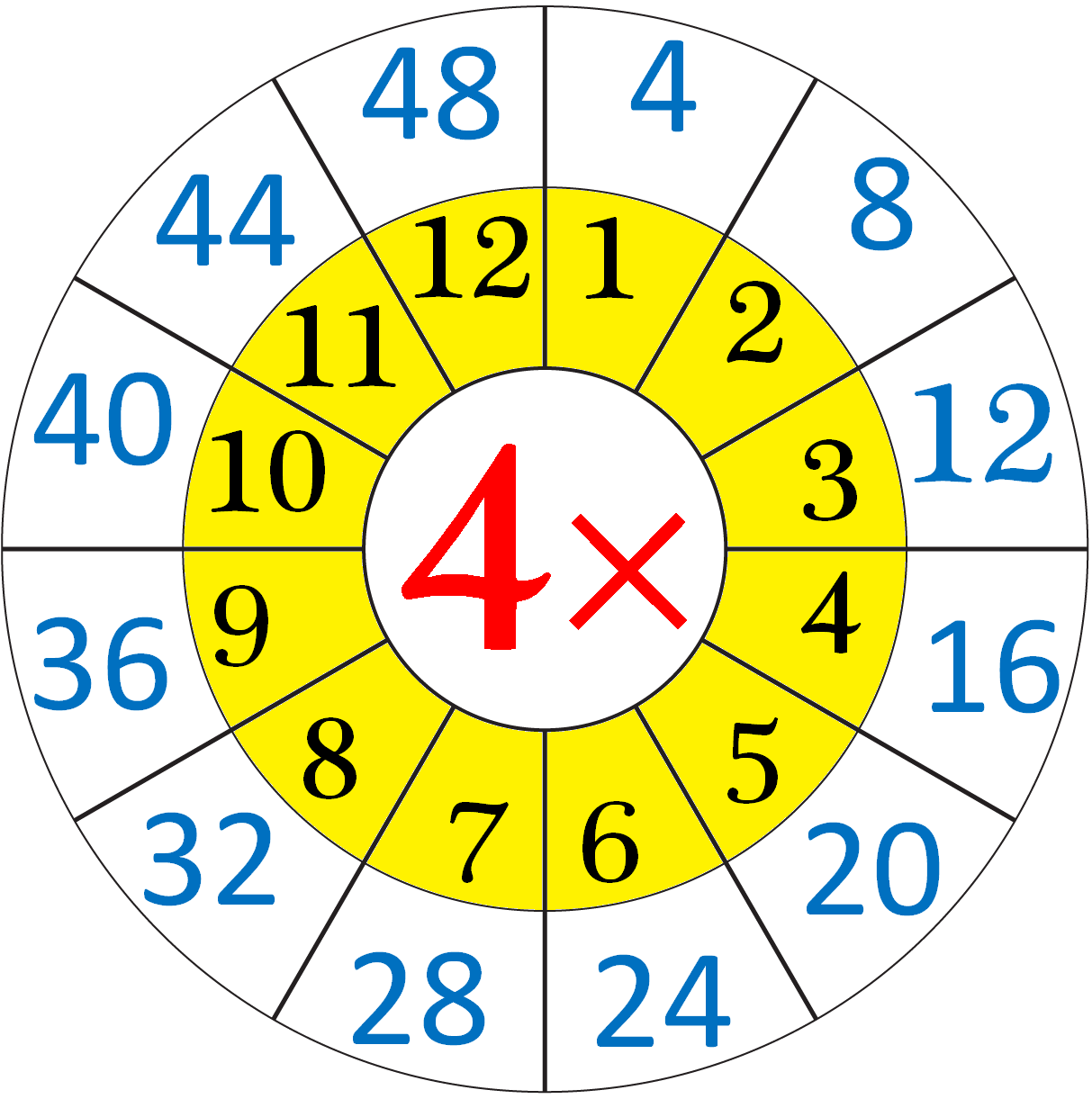
New! Comments
Have your say about what you just read! Leave me a comment in the box below. Ask a Question or Answer a Question.